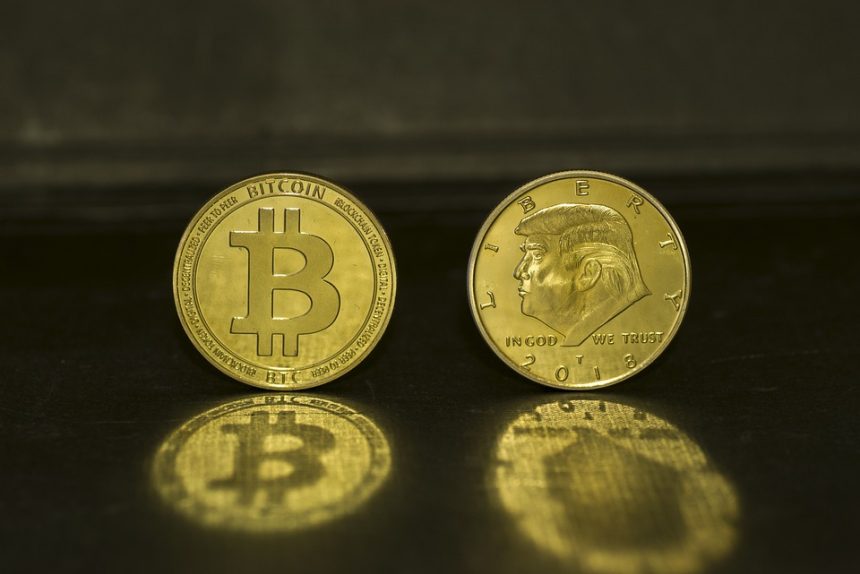Since its inception in 2009, Bitcoin has served as the archetypal cryptocurrency, capturing the world’s imagination while bringing the underlying technology—blockchain—into mainstream discourse. However, as the digital currency landscape evolves, new innovations have emerged that extend far beyond the boundaries defined by Bitcoin. The expanding world of cryptocurrency encompasses an array of alternative coins (altcoins), decentralized applications (dApps), and innovative protocols that promise to reshape industries from finance to supply chain management.
The Surge of Altcoins
While Bitcoin remains a dominant presence, thousands of alternative cryptocurrencies, or altcoins, have been developed, each with unique features and use cases. Ethereum, launched in 2015, was one of the first to support smart contracts and decentralized applications, enabling developers to create complex financial instruments and projects without the limitations of traditional banking systems.
Ethereum’s success paved the way for countless other projects, such as Binance Smart Chain, Solana, and Cardano, each boasting different consensus mechanisms, speed, and transaction costs. These platforms highlight the versatility and potential of blockchain technology in facilitating diverse applications, from non-fungible tokens (NFTs) to decentralized finance (DeFi).
Decentralized Finance (DeFi)
DeFi has emerged as a significant category within the cryptocurrency landscape, encompassing a range of financial services built on blockchain technology. Unlike traditional financial systems relying on centralized institutions, DeFi platforms allow users to lend, borrow, trade, and earn interest on their digital assets in a decentralized manner.
Protocols like Uniswap and Aave use automated market makers and liquidity pools to facilitate trades without intermediaries. Users maintain control of their funds, paving the way for open financial systems that are accessible to anyone with an internet connection. As of now, the total value locked (TVL) in DeFi protocols has reached billions, indicating a robust interest and adoption of decentralized solutions.
The Rise of NFTs
Non-fungible tokens (NFTs) have taken the art and entertainment world by storm, demonstrating the potential of blockchain technology to revolutionize ownership and authenticity. NFTs allow creators to tokenize their work, ensuring provenance and enabling unique digital ownership. Major artists, musicians, and even big brands have entered this space, creating digital art, virtual collectibles, and exclusive experiences that cannot be replicated or counterfeited.
The NFT market has not only created new revenue streams for artists and creators but has also provided a decentralized platform for collectors. While some question the sustainability of NFT valuations, the technology’s potential to reshape industries like gaming, real estate, and supply chain is undeniable.
Interoperability and Cross-Chain Solutions
As the number of blockchain networks continues to grow, the need for interoperability becomes increasingly critical. Cross-chain solutions aim to facilitate communications and transactions between different blockchain environments, overcoming fragmentation within the space. Protocols like Polkadot and Cosmos enable different blockchains to interoperate, allowing assets and data to flow seamlessly across networks.
This innovation can lead to a more cohesive ecosystem, unlocking possibilities for collaboration and value transfer between separate cryptocurrencies and decentralized applications. Interoperability can also enhance scalability, enabling blockchain networks to handle more transactions and users without compromising security.
Regulatory Developments
As cryptocurrencies and blockchain applications continue to mature, regulatory scrutiny is intensifying. Governments worldwide are grappling with how to legislate this rapidly evolving space. While some countries have embraced cryptocurrencies, offering regulatory frameworks that promote innovation, others have taken a more cautious approach, imposing bans or excessive regulations that stifle growth.
Foundational technologies like CBDCs (Central Bank Digital Currencies) are also emerging as governments explore the potential of digital currencies to modernize the financial system. This juxtaposition of innovation in the private sector against regulatory pressures highlights the need for a balanced approach that ensures consumer protection and fosters technological advancement.
Conclusion
The world of cryptocurrency and blockchain innovation is expanding at an unprecedented pace, moving rapidly beyond the Bitcoin narrative. With a vibrant ecosystem of altcoins, DeFi protocols, NFTs, and interoperability solutions, the possibilities are vast. While the technology faces challenges in regulatory compliance and market volatility, the potential benefits—greater accessibility, transparency, and efficiency in various sectors—are compelling.
As we look toward the future, it’s essential for investors, developers, and consumers alike to stay informed about this dynamic landscape. The promise of blockchain technology goes far beyond mere currency: it offers a blueprint for transforming our digital and physical interactions, fundamentally altering how we understand value, ownership, and trust in the 21st century.





